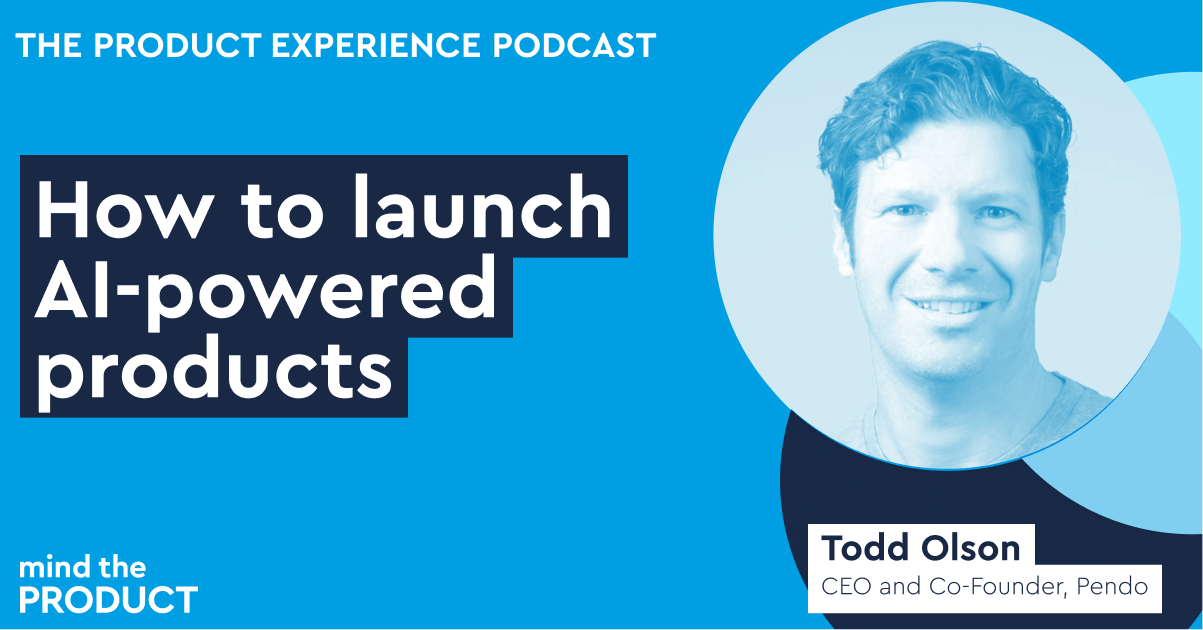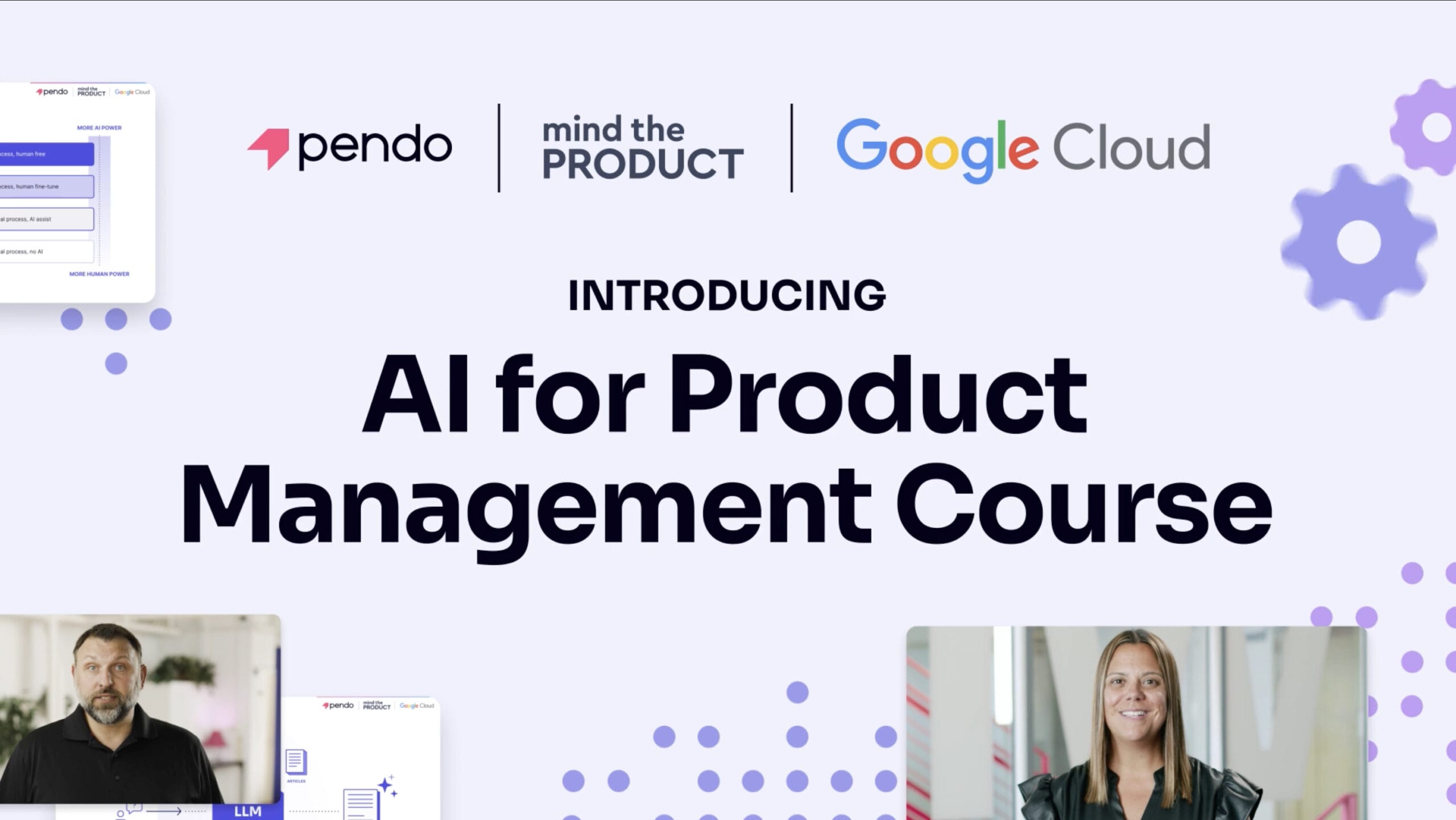In today's rapidly evolving digital landscape, the role of product managers is becoming increasingly critical. Product managers bridge the gap between a customer’s need and practical business applications, ensuring that the product delivers value to both the customers and the company. However, the management of product presents unique challenges, blending hard technical skills with soft leadership abilities, all while navigating the dynamic needs of the business and its clients. This blog explores the paradoxical nature of performance management for product and discusses how AI-driven tools and methodologies can provide a solution.
Performance management for any role is a mix of evaluating hard and soft skills, measuring outcomes, showcasing leadership skills for the next role and several other qualitative and quantitative factors that line managers must consider. In addition, there is no set formula for any role that can be simply applied to a situation to evaluate the readiness of a team member for the next level.
Performance management becomes even more challenging for product managers where the roles involve a lot of qualitative analysis, product sense, evaluations, delivery, or execution perfection while driving the outcomes which is the only area that can be quantified. Other areas like cross-functional team leadership, ability to influence stakeholders, and going to market on time while maintaining good working relationships are qualitative inputs that could be considered. No wonder the role of a product manager has evolved significantly which is also evident in the below image from Gartner depicting the evolution of product skills.
The ever-evolving nature of the product managers skill set also makes it difficult to gather inputs from various stakeholders, standardize it across teams, manually and painstakingly gather the outcome metric which can make it a tedious task. In addition, there are key behavior drivers that lie under the soft skills - ability to get work done through influence, accessing diverse information through relationships, and handling time pressure.
These behaviors can bring a lot of friction between the manager and the team member because eventually we must factor in the human judgment call which an algorithm or formula cannot predict. Having said that, companies should strive to standardize the ideal personas of different product roles within their organization since the contribution of a platform product manager and their skill set will vastly differ along with their outcomes.
The HCM industry is going through a rapid shift and quick adoption of AI-based use cases which are making the lives of several users easy and efficient. For example:- managing employee schedules and shifts used to be a time-consuming process. Shift rotations, updates, managing unplanned time offs used to be time consuming and manual processes. A simple mistake can have ripple effects not just through the shift but for the longer weekly schedules impacting employees, their performance, and output.
Today, the same process takes just a few clicks. One of our authors, Balaji Ananthanpillai (who leads the Workforce Management Products at Paylocity) and his team, created their first AI-powered Scheduling product that intelligently recommends and optimizes employees schedules thus streamlining the scheduling process by taking both organization and employee preferences into account. These new shift recommendations are sent directly to the employees and take only a few minutes to adjust versus the manual ways which could take over half a day to manage. Not only organizations are now able to schedule across multiple locations and are provided with real-time insights to help ensure coverage and minimize overtime by anticipating the hours needed for future shifts, it also enables companies to identify employees who are approaching or have already reached overtime thresholds thus helping them remain within budget and save hundreds of thousands in overtime costs. This AI-powered Scheduling product that was launched at Paylocity in October 2023 has seen an 80% adoption rate for shift-scheduling recommendations, enabling managers to make informed scheduling decisions faster and with more confidence, based on factors such as employee availability and preferences.
There are several other complex examples where employee performances are tracked over a long period of time. Until now, employee performances have been extremely subjective and do not factor in the constant change in work or business dynamics. With AI-based models, managers now have an opportunity to fine tune the process and help employees qualitatively as well as quantitatively by sourcing, evaluating, tracking, and recommending suggestions. Zavvy is a great example of an AI-based people development tool, which recently saw much success and was acquired by Deel, a fast growing HCM SaaS platform.
Not just for performance management, AI is used to streamline the recruiting process as well. For example: Over the last several years, Amazon has been using AI and ML to streamline its hiring process - all the way from helping candidates identify the right positions to helping them navigate through online assessments. It starts with candidates searching for the roles on Amazon jobs page using titles, keywords, locations and we leverage this data to build ML algorithms that provide real-time recommendations to the candidates from the full catalog of job listings available. Not only this, when a candidate uploads a resume, Amazon leverages Natural-Language-Processing (NLP) to identify key skills and provide job recommendations to candidates based on the skill set match. The biggest challenge when leveraging AI and ML is to ensure fairness and bias while maintaining legal standards and this is where Amazon stands out because of its core leadership principle “Hire and Develop the best”. As part of this ML recommendation process, a team of data scientists constantly monitor the recommended matches to ensure fairness, and the recruiting team reviews these recommendations to make sure it is a right fit for the candidates for the longer-term success at Amazon.
With an AI based model, there’s a lot that can be accomplished with connected systems, creating a model which becomes a template for product managers to easily learn about their career growth opportunities, track progress, aggregate data, and help them grow in their career. For example, Ravi Mehta (co-founder of Outpace, and expert of organizational learning) has defined a radar chart of various skills product managers with different experience levels need to acquire to grow into a seasoned product leader.
Companies can establish the foundational data and update the plots using the 12 product manager competencies depicted in the radar chart above for every level in their organization. This will help set the foundational model which can be used to evaluate the growth, skill levels, competencies, and measure it against the outcomes that a product manager has driven for their focus areas.
This is not the only relevant model for product management competencies - other organizations are defining and customizing newer competencies that are relevant to AI/ML based products. Such models can be made data-oriented by integrating it with several sources to gather inputs and signals on the effectiveness of the product manager’s contribution.
For example, the data analytics integration to measure KPI movement, financial tool integration to measure ROI, and Skills and learning platform integration to measure their continuous learning growth can help to objectively evaluate a product’s contribution. There are several other sources from where a product management readiness for the next level can be evaluated and one such model is depicted below. Companies can create their own ecosystem with preferred tools and processes to gather success and growth data.
While such a system will not be perfect, however, it will assist product leaders to provide tangible, action-oriented recommendations helping their team members to grow effectively. It will no longer be left to anecdotal data and influenced by recent events that can have the most impact on the outcomes of a performance review. The data-based reviews are not new in the software industry. For example, functions like sales, account management rely on financial quotas or even software engineering relies on code check-ins and high priority issues count to measure the effectiveness of their contribution and the same can be leveraged for product roles.
The performance management in product roles is ripe for disruption using AI and the model can be enhanced to measure any roles within an organization to better equip, educate, and drive the success of the team members creating a high-performance group.
Explore more great product management content by exploring our Content A-Z











Comments
Join the community
Sign up for free to share your thoughts